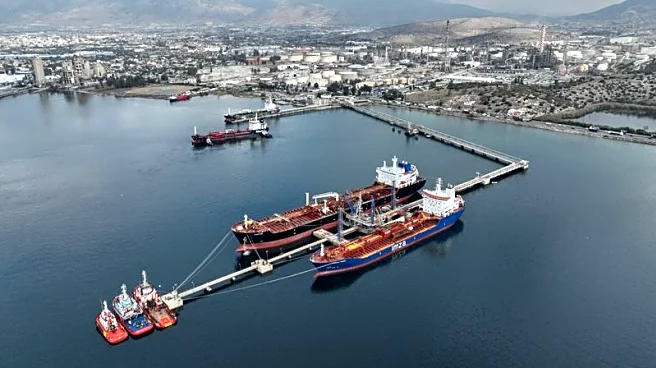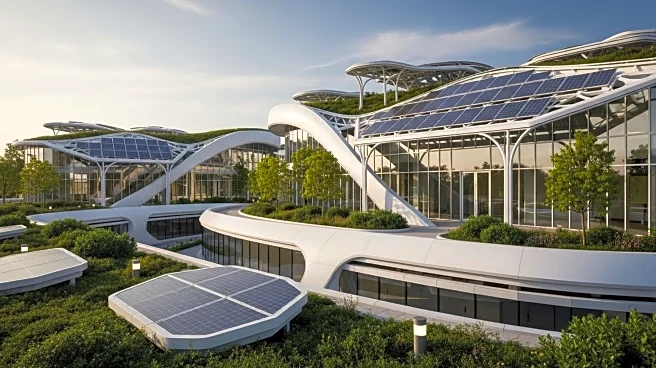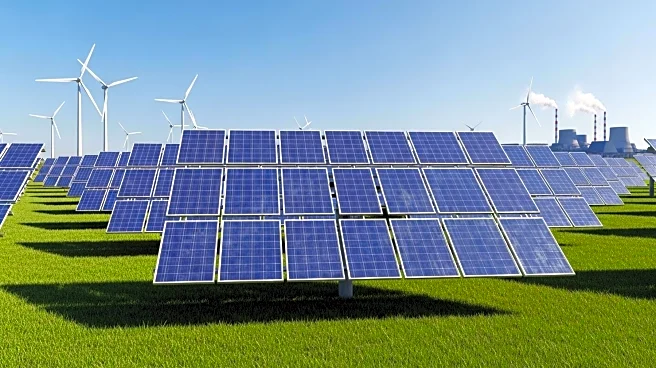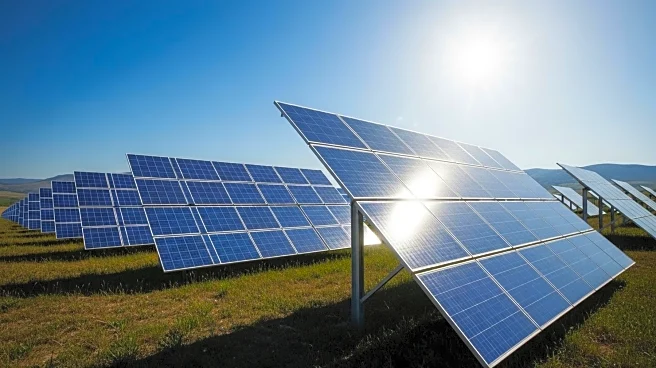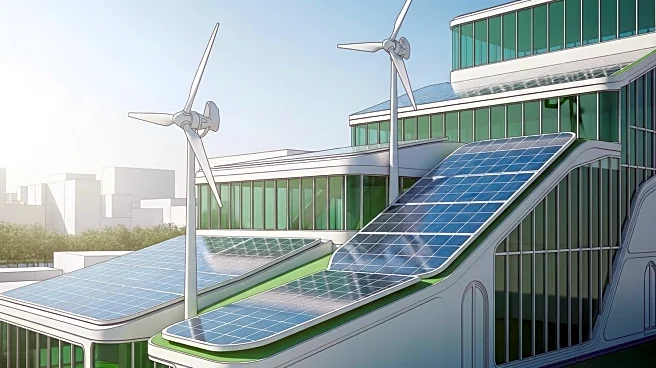What's Happening?
The International Energy Agency (IEA) reports that electricity demand in the Middle East and North Africa (MENA) region is expected to grow by 50% by 2035. This surge is attributed to expanding populations, rising incomes, and increased use of air conditioning. Currently, natural gas and oil dominate the region's electricity mix, but the future will see a shift towards natural gas, renewable energy, and nuclear power. The share of renewables is projected to increase from 6% to 25% by 2035, with solar capacity expanding significantly. The IEA highlights the need for substantial investment in power capacity to meet the growing demand, equivalent to three times Saudi Arabia's current generation capacity.
Why It's Important?
The anticipated growth in electricity demand in the MENA region has significant implications for global energy markets and climate change efforts. The shift towards renewable energy and nuclear power represents a critical step in reducing carbon emissions and addressing climate change. This transition also presents opportunities for investment in renewable energy infrastructure, potentially leading to economic growth and job creation in the region. However, the reliance on natural gas and the slow decline of oil-fired power generation indicate ongoing challenges in achieving a fully sustainable energy mix.
What's Next?
The MENA region will need to invest heavily in expanding its power capacity and integrating renewable energy sources. Governments and energy companies are likely to focus on developing solar and nuclear projects, as well as improving energy efficiency. The success of these efforts will depend on policy support, technological advancements, and international cooperation. The region's energy transition will be closely watched as a model for other parts of the world facing similar challenges.
Beyond the Headlines
The energy transition in the MENA region raises questions about energy security and geopolitical dynamics. As countries reduce their reliance on oil, traditional oil-exporting nations may face economic adjustments. Additionally, the development of renewable energy infrastructure could shift regional power dynamics and influence global energy markets. The transition also highlights the importance of addressing social and economic inequalities, ensuring that the benefits of clean energy are accessible to all communities.

